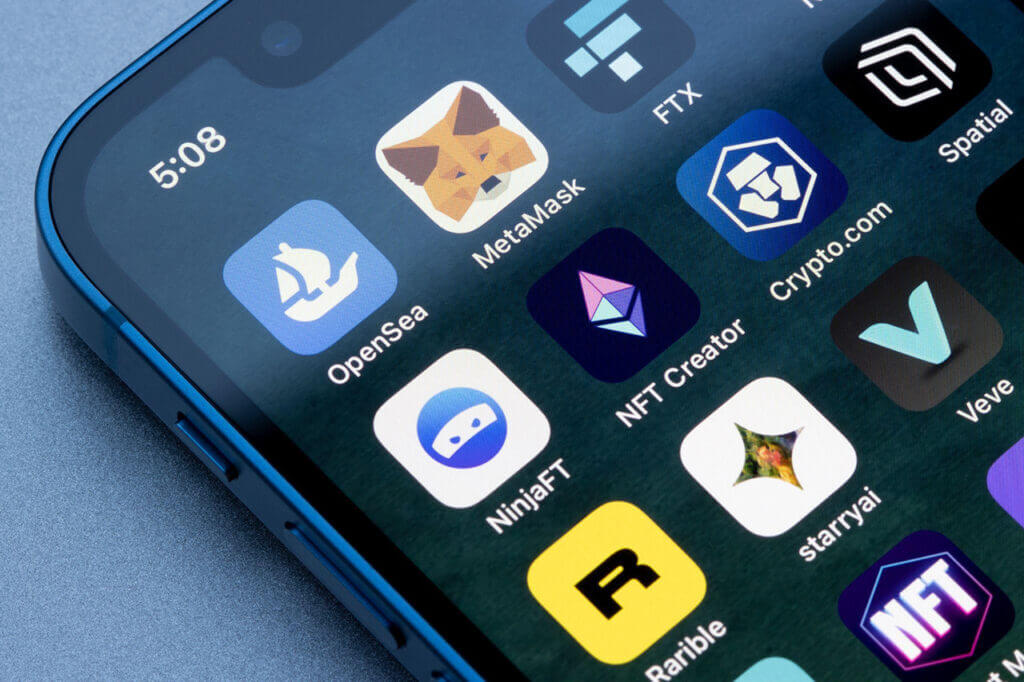Investing In Metaverse – Is This For You?
Investing In Metaverse – Is This For You? ATMECS – Content Team Metaverse – All the technology giants are having exciting conversations about the metaverse. The technology came into the limelight to the expected audience, especially after Mark Zuckerberg and Satya Nadella mentioned the metaverse being the internet’s future. It is a newly coined term that is confusing to understand. Let us explain in detail what the hype about the metaverse is. What Is Metaverse? Metaverse is not a single technology, solution, or platform. Instead, participating in the metaverse is all about using web 3.0 technologies to create an immersive experience for the audience. For businesses, investing in the metaverse is implementing newer internet technologies such as Extended Reality (XR), Virtual reality (VR), Mixed Reality (MR), Internet of Things (IoT), Augmented Reality (AR), and mirror worlds with digital twins to provide an interactive environment for the end user similar to the real-life interactions. It is a technology concept of mixing the physical and virtual worlds of the customers. The crux of the technology is to improve engagement through immersion. Currently, the video game industry is growing leaps and bounds with VR headsets and unimaginably realistic graphics. The introduction of Non-Fungible Tokens (NFTs) has also increased the popularity of the metaverse, where users can create, buy and sell NFTs. These portable digital assets continue to gain value and momentum, especially in the blockchain world. Users can use cryptocurrency to invest in NFTs. What Is The Industry Outlook? Technology giants such as Meta (Facebook rebranded) and Microsoft are already building metaverse technology to promote seamless interactions in the virtual world. Other companies such as Roblox, Nvidia, Unity, and Snap are also working to develop the necessary infrastructure to enable businesses to offer a truly immersed experience for end-users. According to Mckinsey reports, companies worldwide are investing in the metaverse, and more than $120 billion has been invested so far till 2022. About two-thirds of internet users are interested in being a part of the metaverse to explore, collaborate and connect with people. What Are The Right Business Cases? Critical Success Factor More than 95% of world executives believe their business will benefit from the metaverse. According to Gartner, 25% of people will spend at least one hour daily in the metaverse by 2026. The metaverse is expected to be an extended reality platform where avatars of consumers can live, shop, and even work. Facebook’s demo of Meta introduced the concept of an avatar participating in a social event in the metaverse with a friend’s avatar and interacting in the metaverse universe. Leading brands like Gucci are already selling jewellery on metaverse to decorate the avatars. Currently, businesses are expected to benefit from metaverse in the following ways: Immersive entertainment where avatars can participate in worldwide events happening in the metaverse Collaborative business processes with ubiquitous data Training and education supporting real-time interactions with live data streaming Improved customer experience by making the customer experience the products and services before purchasing Virtual meetings where avatars of the people will meet and interact in the metaverse mimicking real-life situations Improve brand marketing by increasing engagement with the customers in the metaverse Tips On Realizing ROI On Metaverse Projects The metaverse technology is expected to achieve full maturity by 2040 as the massive hardware, software, and infrastructure requirement. While VR is heavily used in gaming, businesses can generate profit from XR, AR, and MR. However, implementing metaverse technology should happen slowly with care. Following are some of the tips to improve business ROI in the metaverse platform: Evaluate your metaverse strategy by identifying motivators and values that your audience will gain from engaging with your brand in the metaverse. Plan metaverse implementation in a step-by-step manner, starting with small-scale testing to check the effectiveness of metaverse campaigns. Educate your customers about NFTs and decentralized properties on metaverse such as Sandbox, and Decentraland while directing them in the metaverse because it is now understood only by the niche audience. Create dynamic and engaging content that brings value to your customers when they spend time with your brand in the metaverse by incorporating clever gamification. Nurture your audience in the metaverse and build upon the values they get because continuous engagement in the metaverse is crucial to realising ROI. Develop clear metrics to measure the performance of your campaigns in the metaverse and keep improving your metaverse strategy. Experts predict that by 2030, metaverse investment could grow to $5 trillion. Metaverse is being implemented in the public service system by the government of Seoul. It is also extensively used in the healthcare industry for robotic-assisted surgeries and remote diagnoses. We think the metaverse environment on web 3.0 will be inclusive allowing collaboration irrespective of physical barriers. This virtual universe brings new and exciting opportunities for every type of business when the infrastructure is fully mature. References The Metaverse in 2040 – Link Meet the metaverse: Creating real value in a virtual world – Link What Is the Metaverse, Exactly? – Link
Investing In Metaverse – Is This For You? Read More »



